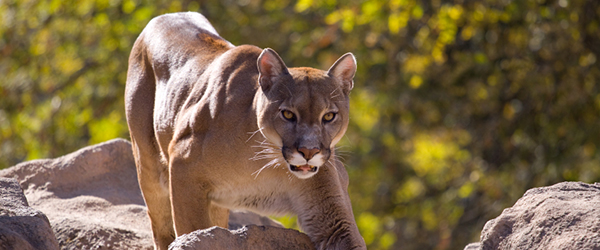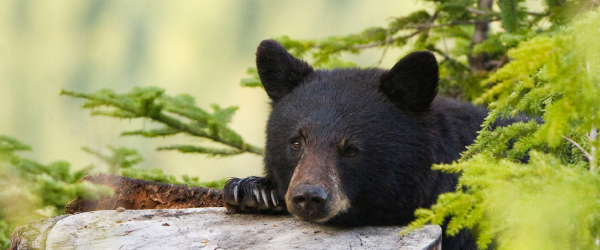-
Emerald Ash Borer – Help Fight Infestation

The emerald ash borer, first discovered in New York in 2009, is an invasive insect that kills all types of ash trees. Five counties in Western New York and two in the Hudson Valley currently have infestations and state agencies are working diligently to stop the movement of beetles out of these areas in firewood…
-
If You Care, Leave It There

DEC Advises: Do Not Disturb Fawns and Other Young Wildlife The New York State Department of Environmental Conservation (DEC) today reminded New Yorkers to keep their distance and not to disturb newborn fawns or other young wildlife as many animals are in the peak season for giving birth or hatching young. Finding a fawn deer…
-
Wolves in the Adirondacks

Over 100 years ago, it was believed that wolves had completely disappeared from the Adirondacks. In 2002, an animal was killed by a hunter who thought he had shot a coyote, but testing showed that the animal was not a coyote but, in fact, a pure gray wolf! The hunter reported seeing another animal with…
-
Mosquitoes & Black Flies: Adirondack Buzz Kill!

In the Adirondacks, as with many forested regions of the country, nothing can spoil outdoor fun like the onslaught of biting insects. In our region, mosquitoes and black flies are a particular scourge because of our abundance of water, woodland areas and warm temperatures. The largest health risk associated with mosquitoes and Black Flies is,…
-
The North American Beaver: Engineer of the Adirondacks

Perhaps among the most iconic mammals in the Northeast, famous for its ecological impact, uniquely identifying features, and its characteristic habitat, is the North American Beaver – the official state animal of New York! It is estimated by the NYS D.E.C. that there are between 50,000-75,000 beavers in the Adirondacks, a number which has grown…
-
Ultimate Spring Rival: Dirty Dog Paws vs. Clean Carpets

Spring. The mere mention of the word conjures images of green grass, fresh blooming daffodils, and budding leaves. Gentle breezes carry the songs of newly returned birds through windows that have been opened for the first time in months, and soon our homes are filled with all the sounds and fresh scents that serve as…
-
10 Spring Home Maintenance Tips

Let’s face it; there is a downside to winter loosening its grip on the landscape. The return of the sun highlights the trouble spots in your home’s exterior, and reminds us that there is a certain amount of home maintenance necessary to keep our homes in peak condition throughout the year. What better time to…
-
The Eastern Cougar: Extinction or Myth

Despite wild and popular myth pertaining to sightings of this impressive feline in our region, the surprising fact is that the Eastern Cougar (Puma concolor cougar) has not been seen in the Adirondacks – provably – since the late 1800s. This species is so endangered in the Northeast in fact that the U.S. Fish and…
-
Black Bears in the Adirondacks

Perhaps one of the most distinct and famous creatures in all of the Adirondack animal kingdom is the majestic, often curious, somewhat cantankerous, and altogether imposing Black Bear! With a jet black coat of thick fur, short tail and distinct narrow brown muzzle, black bears have made the extensive forests of northern New York, particularly…
-
Spring Gardening – Planning Your Summer Vegetable Garden

Spring gardening can be a great way to get the whole family involved in a fun project that will provide the opportunity for hours of together time, enjoying a hobby that spans all generations. Starting in the early spring by getting everyone’s input on what they’d like to plant. Doing the research together on when…